Photo-textualities: Writing in the Age of the Camera
Term 2
THURSDAY, 1:30 PM - 4:30 pM
“The most obvious thing about words and pictures is that they routinely appear together, and even the simplest joint appearances—words supplying credit lines or captions, pictures supplying illustrations—suggest how each art works, how the shown is never exactly the same as the spoken.” (Jefferson Hunter, from Image and the Word: The Interaction of Twentieth-Century Photographs and Texts)
This course will examine the influence of photography and cinema on literary form. Photography has become such a common aspect of contemporary life that camera technology is now regularly built into smart phones, tablets, desktop and laptop computers, and automobiles. The photographic recording of everyday life provides an unprecedented archive of visual memories. Photographic ways of seeing exert complex and contradictory effects on life: the camera both records and distorts, and it is a tool for both those who expose social injustice and those who seek to invade the privacy of the citizen and to place others under the power of surveillance. Susan Sontag, in On Photography, alerts us to the “peremptory rights [of the photographer] to interfere with, to invade, or ignore whatever is going on. Our very sense of situation is now articulated by the camera's interventions” (11). The judgments of the invasive camera eye have, as Sontag states, shaped subjective assessment: "We learn to see ourselves photographically: to regard oneself as attractive is, precisely to judge that one would look good in a photograph” (85).
We will explore some of the following central questions: Given the increasing power of photographs and cinematography in the formation of private and public judgments, how have novelists, poets, dramatists, and film makers responded to these visual influences? What happens to the articulation of the written self when it confronts the power of photography? What kinds of critical strategies have writers adopted to resist the invasive influences of photography and visual culture? How have writers incorporated some of the techniques of photographic and cinematic ways of seeing into their forms of writing?
We will think carefully about the dynamic relationships between literary texts and the modes of visualization peculiar to photography and cinema. We will review the pre-history of literary representations of photography through the rhetorical concept of ekphrasis, or the representation of painting or sculpture in literary forms, and the historic impact of such developments as the daguerreotype, portable personal cameras, motion picture photography, and videography. We will also consider uses of photography as an instrument of colonial control, through passports and immigration documents such as the Chinese Canadian Head Tax, and the effects of what Lily Cho has deemed “Mass Capture,” and through the mass scales of visual surveillance theorized by John Tagg.
Readings will include Roland Barthes' Camera Lucida, essays by Walter Benjamin, and selections from Susan Sontag's On Photography, Kyo Maclear's Beclouded Visions: Hiroshima-Nagasaki, and the Art of Witness, John Tagg’s The Disciplinary Frame, and Lily Cho’s Mass Capture: Chinese Canadian Head Tax and the Making of Non-Citizens. We will also consider works of fiction, drama, poetry, and cinema that respond to our increasingly visual culture such as Michael Ondaatje's Coming Through Slaughter, Le Thi Diem Thuy's The Gangster We are All Looking For, Marie Clement's The Edward Curtis Project, Roy Miki's Mannequin Rising, and films by Alfred Hitchcock (Rear Window), Michaelangelo Antonioni, (Blow-up), and Christopher Nolan (Memento).
Each seminar meeting will usually include both the discussion of an assigned literary work and a theoretical or critical essay.
Course requirements:
1) Weekly participation in the discussion of readings, topics, and questions: 15%
2) One oral presentation (15 minutes) on a primary text and critical context: 10%
3) One short critical meditation on a core concept situated in theories of photography and literature: 15%
4) One final essay (3500-4000 words, or 14-16 pages, excluding bibliography), that could emerge from a revised version of your seminar presentation, or which pursues your particular research interests on a relevant question: 60%
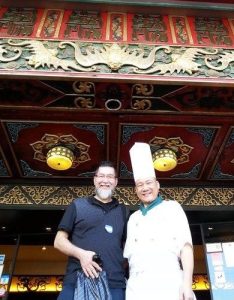 Food, cooking, and eating are biologically necessary and socially powerful: we produce and cook food to survive, but also to reinforce social bonds, to celebrate tradition, to evoke memories of home, to compete with other cooks, to impress the eater, and even to beguile and seduce.
Food, cooking, and eating are biologically necessary and socially powerful: we produce and cook food to survive, but also to reinforce social bonds, to celebrate tradition, to evoke memories of home, to compete with other cooks, to impress the eater, and even to beguile and seduce.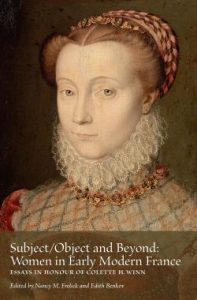
 Nancy Frelick is Associate Professor of French Renaissance Literature and English Language and Literatures at the University of British Columbia where she has been teaching since 1990. She is the author of the book Délie as Other: Toward a Poetics of Desire in Scève’s Délie (French Forum, 1994) as well as articles on French Renaissance poetry and prose, including works attributed to men (Maurice Scève, Michel de Montaigne, François Rabelais) and women (Louise Labé, Marguerite de Navarre, Marie de Gournay, Hélisenne de Crenne, and Jeanne Flore).
Nancy Frelick is Associate Professor of French Renaissance Literature and English Language and Literatures at the University of British Columbia where she has been teaching since 1990. She is the author of the book Délie as Other: Toward a Poetics of Desire in Scève’s Délie (French Forum, 1994) as well as articles on French Renaissance poetry and prose, including works attributed to men (Maurice Scève, Michel de Montaigne, François Rabelais) and women (Louise Labé, Marguerite de Navarre, Marie de Gournay, Hélisenne de Crenne, and Jeanne Flore).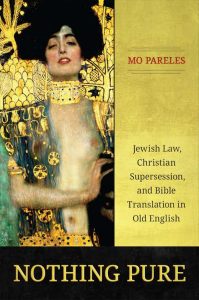
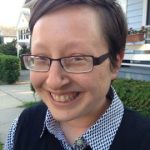
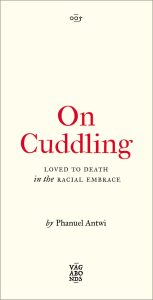
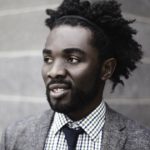 Phanuel Antwi is Canada Research Chair in Black Arts and Epistemologies. He is an artist, teacher and organiser concerned with race, poetics, movements, intimacy and struggle. He works with text, dance, film and photography to intervene in artistic, academic and public spaces. He is a curator, activist and associate professor at the University of British Columbia.
Phanuel Antwi is Canada Research Chair in Black Arts and Epistemologies. He is an artist, teacher and organiser concerned with race, poetics, movements, intimacy and struggle. He works with text, dance, film and photography to intervene in artistic, academic and public spaces. He is a curator, activist and associate professor at the University of British Columbia.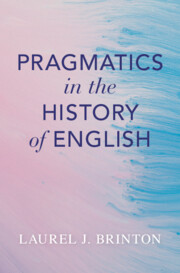
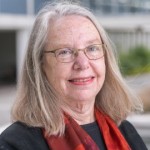
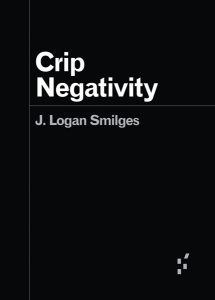
 J. Logan Smilges is Assistant Professor in the Department of English Language and Literatures at UBC. Led by commitments to transfeminism and disability justice, they write and teach at the nexus of queer/trans disability studies, the history of medicine, and rhetorical studies. Their first book, Queer Silence: On Disability and Rhetorical Absence
J. Logan Smilges is Assistant Professor in the Department of English Language and Literatures at UBC. Led by commitments to transfeminism and disability justice, they write and teach at the nexus of queer/trans disability studies, the history of medicine, and rhetorical studies. Their first book, Queer Silence: On Disability and Rhetorical Absence 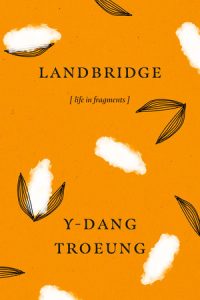
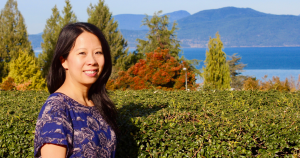 Y-Dang Troeung (
Y-Dang Troeung (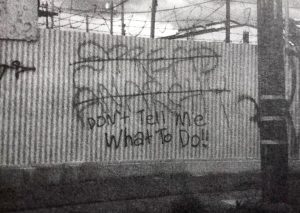
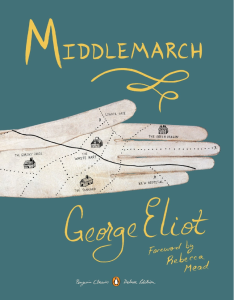 Anthony Trollope called Middlemarch the first “psychologically realistic” novel; Virginia Woolf “the first novel for grown-up people.” Despairing of any more precise definition, William James called Middlemarch "fuller of human stuff than any novel ever written." What "human stuff" is supposed to mean, James, the first modern psychologist, lets Middlemarch define.
Anthony Trollope called Middlemarch the first “psychologically realistic” novel; Virginia Woolf “the first novel for grown-up people.” Despairing of any more precise definition, William James called Middlemarch "fuller of human stuff than any novel ever written." What "human stuff" is supposed to mean, James, the first modern psychologist, lets Middlemarch define.